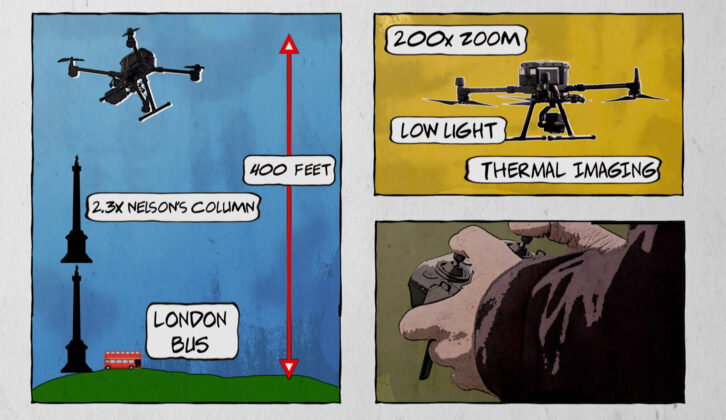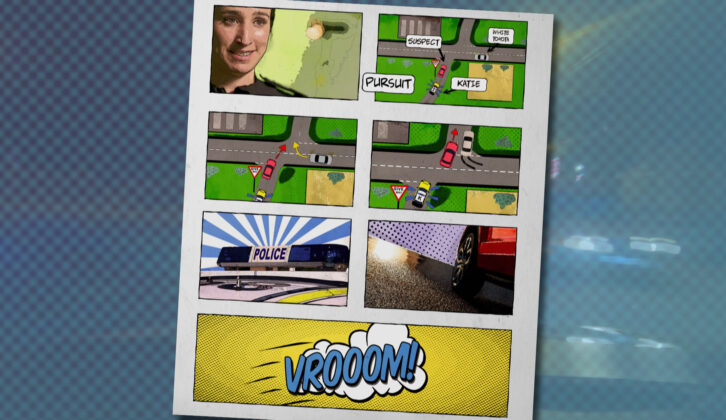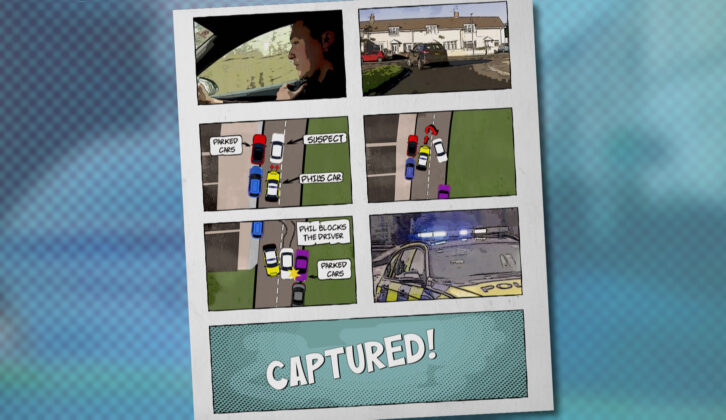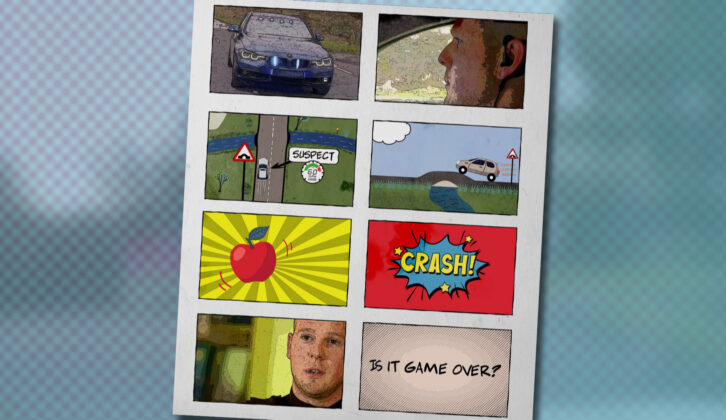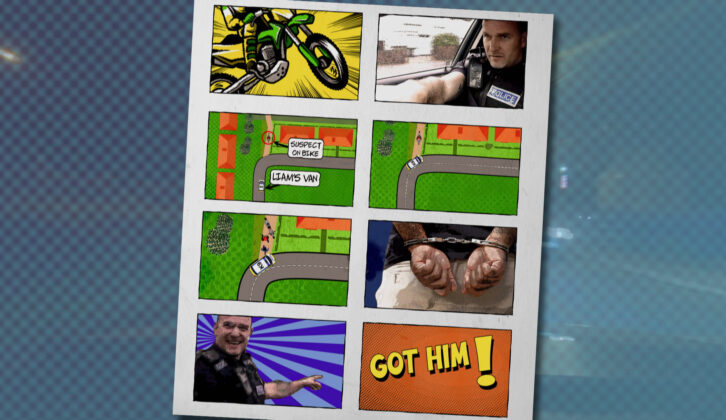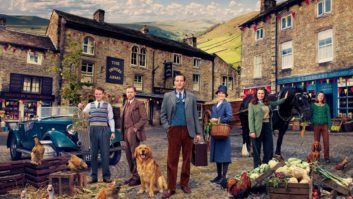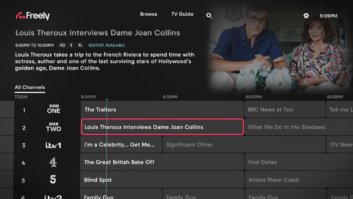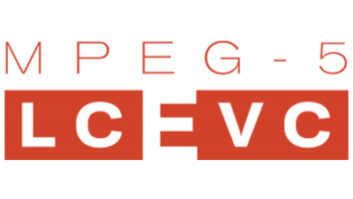On the surface, Police Interceptors: Pursuit and Capture is quite like other ‘blues and twos’ shows. It features police chases, dog units and helicopter crews joining forces to pursue and capture run-away criminals.
Except it isn’t anything like the others. James Coldwell, series producer on the show, explains how having worked on several police series over the years, he wanted a very different visual capture of a long-running format.
“I always thought it would be fabulous to do it in a comic book style because if anything, whether we admit it or not, when we make police programmes, we are portraying these men and women as heroes,” he says. “It seemed like a bit of a no-brainer but for various reasons primarily to maintain trust with the police and to make sure we’re presenting them in a grown up and responsible style.”
The rationale behind Coldwell’s approach was predicated on the fact he “wanted to make something visually different and with a graphics style that depicted, albeit tongue in cheek, frontline cops as superheroes”.
Coldwell and his team also had to keep key contributors on board “This means we are portraying the police in a really positive way,” he adds. “I wanted to present the police to the public in a way whereby they felt like they were getting value for money. On top of that, the demographic for the typical Interceptors audience is very much dads, mums and lads. Although it will go out at 8pm on Channel 5, it will be repeated during the daytime so it will also attract a young audience.”
SELLING
Coming up with the idea and securing the help of the respective police forces, as important as they both were, were merely half the battle on this occasion.
That’s because Coldwell knew the comic book approach could be seen as radical for a blue light series, so he had to sell it to the channel. However, once the package was put together “and people could see how it worked”, the broadcaster and the police “were hugely pleased” with the effect.
“The good news was that the nature of this show combined with the fact Raw Cut already had a good name with police forces meant we had their trust – that gave me some flexibility,” Coldwell says. “It’s a different show as there is no previous to base it on – it’s completely new. The difference between this and other police series we’ve made is we use interviews with the contributors, high-ranking officers, criminal psychiatrists and criminologists, therefore we are much less reliant on VO.
“We use the animations to illustrate missing action or to reinforce elements that might not be clear through the actuality.”
With the idea greenlit, Coldwell contacted “a very talented artist called Michael Duff”, an Irishman based in the Dominican Republic.
“The editor I was working with was in Vancouver so there were some interesting time zone challenges,” recalls Coldwell. “Michael drew everything in Illustrator, some animation was done in aftereffects but the majority was done in the edit suite. He actually provided all of the assets to us in layers which we could manipulate in the edit at our leisure.”
For shooting, the Raw Cut team chose FS7 MKII with various Sony lenses and an A7s MKIII with a Sony 50mm f1.2.
“The FS7 is a brilliantly flexible and robust creative tool,” says Coldwell. “The A7S III was selected for its compact size (we were using it on a robotic slider) and its shared picture profiles with the FS7. Using native Sony lenses allowed us to exploit the full potential of the cameras (autofocus etc) as some features are disabled when using Canon or Fujinon glass.”
Coldwell’s team would make an edit and send the first draft to Adrian Padmore (commissioning editor, factual and factual entertainment at Channel 5) with hand-drawn sketches that the edit producers would draw rough sketches, scan them on their phones, allowing the editors to drop them into the off-line.
“As soon as Adrian was happy, we would brief the artist and then we’d arrange virtual meetings where he would offer up his ideas,” says Coldwell. “Then 95 per cent of the time, what he would send over on the first draught/draft would be pretty much on the money. At most we would send back some minor notes but we’d pretty much be looking at the final product.”
Coldwell says “the only snags we faced were in the legal process because what we might see as whimsical fun perhaps might not be seen the same way by the lawyers”. The result was some ideas needed to be toned down. “If the lawyers deemed something as slightly inaccurate then it would need to be culled,” he says.
“Thankfully it was a very smooth and creative partnership. Michael got the ideas straightaway. Free reign made it easier for him.”
GRAPHIC EVIDENCE
Duff’s initial drawings filled the gaps in the stories, but then they took on a more prominent role. “What often happens in these police ob-docs is you will enter a story halfway through or an incident has already taken place, which normally you would address by using voiceover or interviews with the officers involved,” Coldwell says. “What our illustrations managed to to do was to actually paint that picture. So, we’d take descriptions from people on the ground and then illustrate the crash, robbery or whatever had taken placed and fill those gaps.”
The result, Coldwell says, leaves “nobody scratching their head” trying to work out what’s happening. “It’s so well explained and there are no gaps as to what is happening at any given point,” he adds. “We got this approach that allows us to paint the picture.”
Police Interceptors: Pursuit and Capture is slated to TX on Channel 5 later this year.
